Moving into your first apartment used to be a crash course in independence—and a whole lot of guesswork. From hanging tapestries as makeshift curtains to hoarding takeout soy sauce packets like currency, these habits were once practically universal. But times (and rents) have changed, and some of the things that used to make sense just don’t anymore. Whether it’s due to tech upgrades or the sheer cost of living, here are 14 “first place” behaviors that are fading fast—and honestly, we’re not mad about it.
1. Using Paper Statements to Track Bills

Back in the day, first-time renters would obsessively keep stacks of utility bills and rent receipts in folders or shoeboxes. It felt like a responsible, adult thing to do—until it turned into a mini filing cabinet under your bed. Today, nearly every billing system has gone paperless, and many companies even charge a fee for mailed statements, as noted by Forbes. Digital payments and apps like Mint or YNAB make budgeting faster, more secure, and way less cluttered.
Plus, younger generations don’t see the point in holding on to paper when screenshots and emails offer the same record. Not to mention, losing one piece of paper used to mean hours on hold with your landlord. Now, a simple app login gets you everything you need in seconds. Paper trails have turned into digital footprints, and it’s hard to argue with that convenience.
2. Paying for Cable “Because That’s Just What You Do”

Signing up for cable was once a rite of passage, especially in your first apartment—how else would you watch Friends reruns or late-night infomercials? Cable bundles promised dozens of channels for one (not-so-low) monthly fee, and it was considered a household staple. But streaming services changed the game entirely, and now cable subscriptions are in steep decline, according to the Pew Research Center. The idea of being tethered to a clunky box and channel schedule feels downright outdated.
Most people now opt for à la carte options like Netflix, Hulu, or YouTube TV, which offer way more flexibility. Even live sports and news are increasingly available without cable contracts. Younger renters simply don’t see the value in paying more for less. It’s one of those first-apartment habits that time—and tech—left in the dust.
3. Buying Cheap Furniture With No Plans to Move It Again
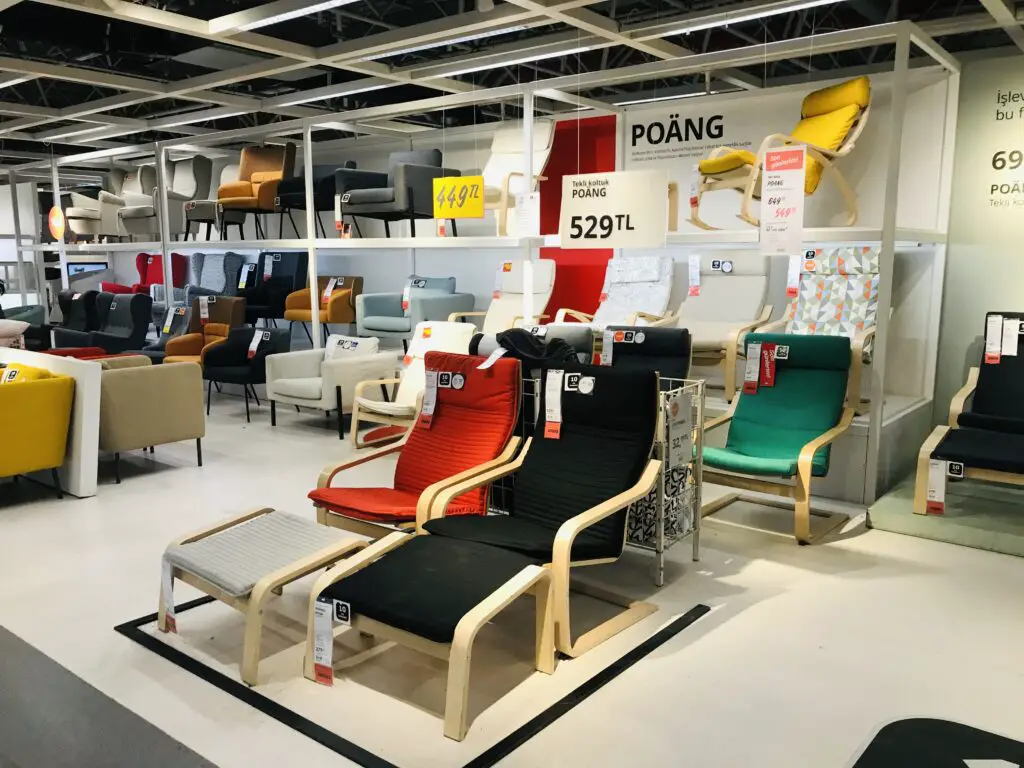
If you ever bought a $49 particleboard dresser and left it behind when you moved, you’re not alone. Inexpensive furniture from big-box stores was a go-to because it looked decent and didn’t wreck your security deposit if you had to trash it. But today’s renters are looking at resale value and sustainability, as noted by The New York Times. Cheap, throwaway furniture isn’t just wasteful—it’s becoming socially frowned upon.
The rise of secondhand marketplaces and modular, moveable pieces has changed the game. People want furniture that lasts and travels well. Plus, assembling a thousand little pegs and screws for something that won’t survive the next move just feels pointless now. Durability and design finally matter, even in your first place.
4. Using Over-the-Door Hooks for Everything
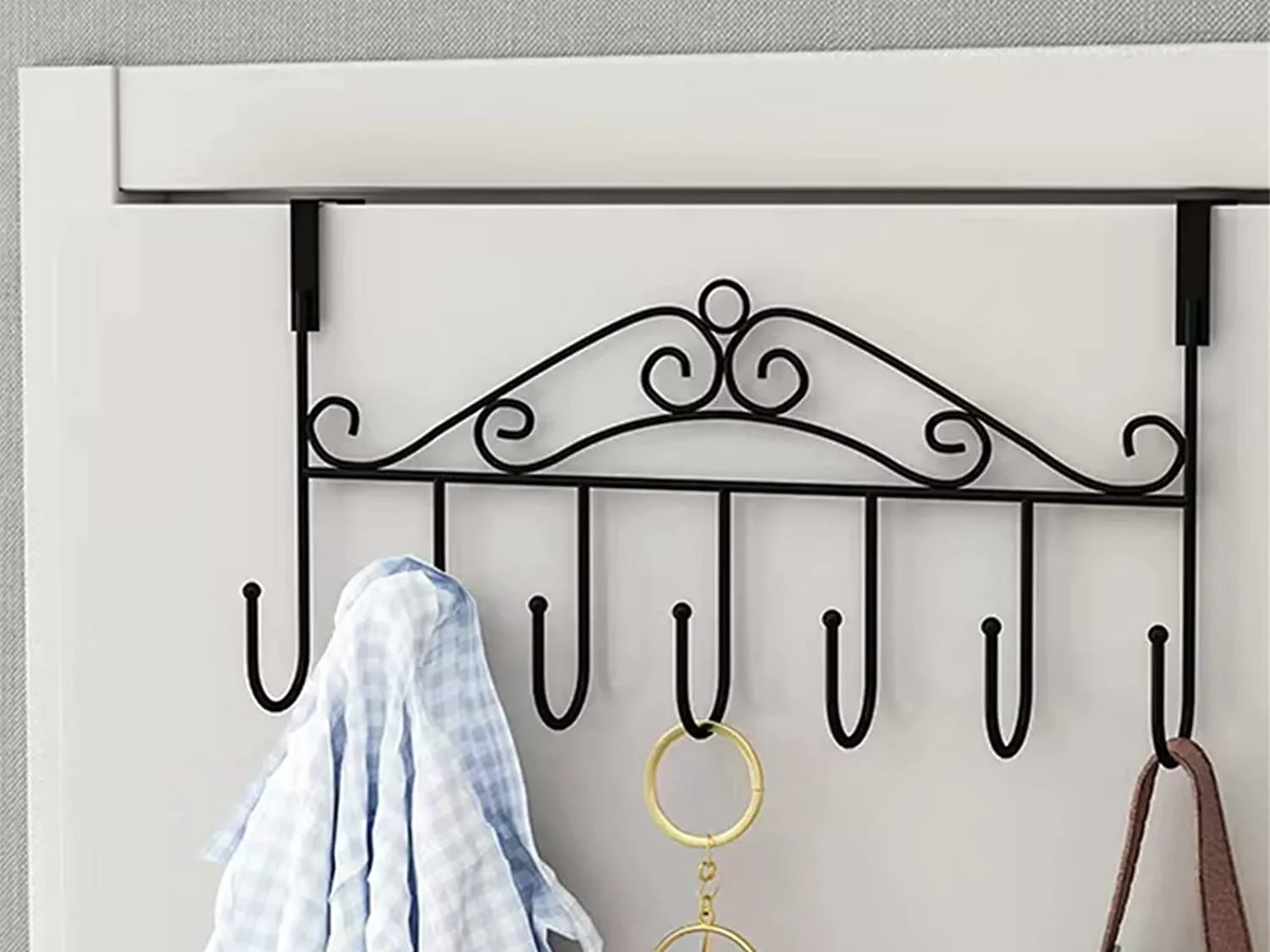
First apartments often came with a strict “no nails in the wall” clause, so over-the-door everything became a survival tactic. Shoe racks, towel bars, full-length mirrors—you name it, it hung awkwardly on a door. But according to The Spruce, renters are now more focused on maximizing small-space storage with smarter, less-damaging options. Peel-and-stick solutions, tension rods, and customizable shelving offer the same utility without slamming doors or warping frames.
Landlords are also becoming more lenient, especially if renters patch holes before moving out. Plus, aesthetic matters a lot more these days—people want their spaces to feel like home, not like a dorm. As apartment hacks get smarter, clunky hardware has fallen out of favor. Over-the-door may still be practical, but it’s no longer the default.
5. Saving Every Takeout Condiment Packet

It started as a budgeting trick—why buy ketchup when you can hoard 30 packets from McDonald’s? But now, with more people cooking at home and cutting down on single-use plastics, that drawer full of sticky soy sauce and old mustard just feels…gross. Condiment clutter isn’t just messy—it attracts bugs and wastes space. Plus, most of those packets expire faster than people realize.
Reusable bottles and intentional grocery shopping have replaced the scavenger mentality. People are more ingredient-conscious, preferring quality over random freebies. And with the growing awareness around food waste, tossing unused packets feels less like being thrifty and more like contributing to the problem. That drawer of shame just isn’t part of the modern kitchen anymore.
6. Using Milk Crates as Bookshelves
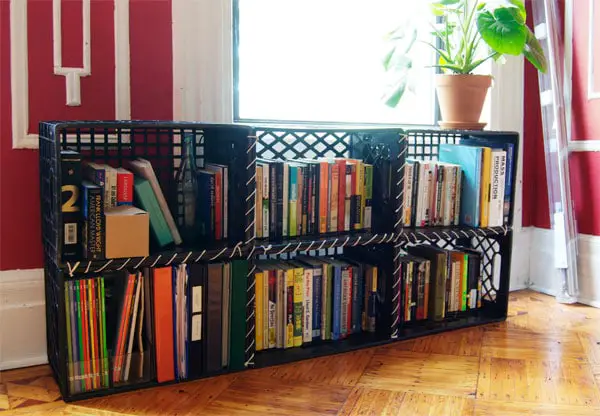
Ah yes, the first apartment classic: an entire living room styled with repurposed milk crates and a prayer. While they were great for making cheap, stackable storage, they were also unstable, ugly, and a nightmare to clean. They’ve now been replaced by budget-friendly flat-pack shelves or secondhand bookcases that actually match the rest of the room. The look has graduated from “student housing” to “starter home.”
It’s not that DIY storage is gone, but taste and practicality have evolved. A bookshelf now doubles as a décor moment, not just a pile of stuff. And with so many affordable, easy-to-assemble options out there, there’s just no excuse to keep stacking crates. It’s okay—we all did it, but it’s time to let go.
7. Keeping Every Free Mug You’ve Ever Been Given
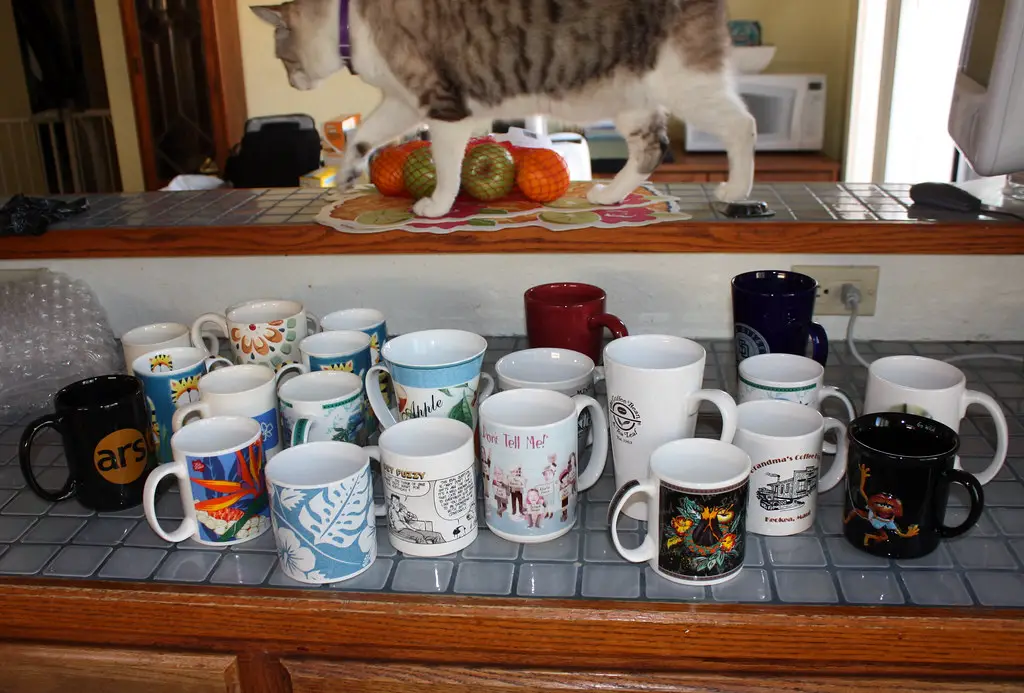
Free mugs from events, coworkers, or college dorms once filled every first apartment cabinet. They were mismatched, chipped, and sometimes questionably clean—but hey, they were free! These days, people are more interested in curated kitchenware that looks good on open shelving or social media. A drawer of random swag just doesn’t hit the same anymore.
Minimalism and intentional design have taken over the kitchen. People would rather have four good mugs they love than 20 bad ones with unreadable logos. Plus, with so many ceramic artists selling handmade mugs online, it’s easier than ever to upgrade. Goodbye, chipped “Company Picnic 2008” mug—you won’t be missed.
8. Sleeping on a Mattress Directly on the Floor
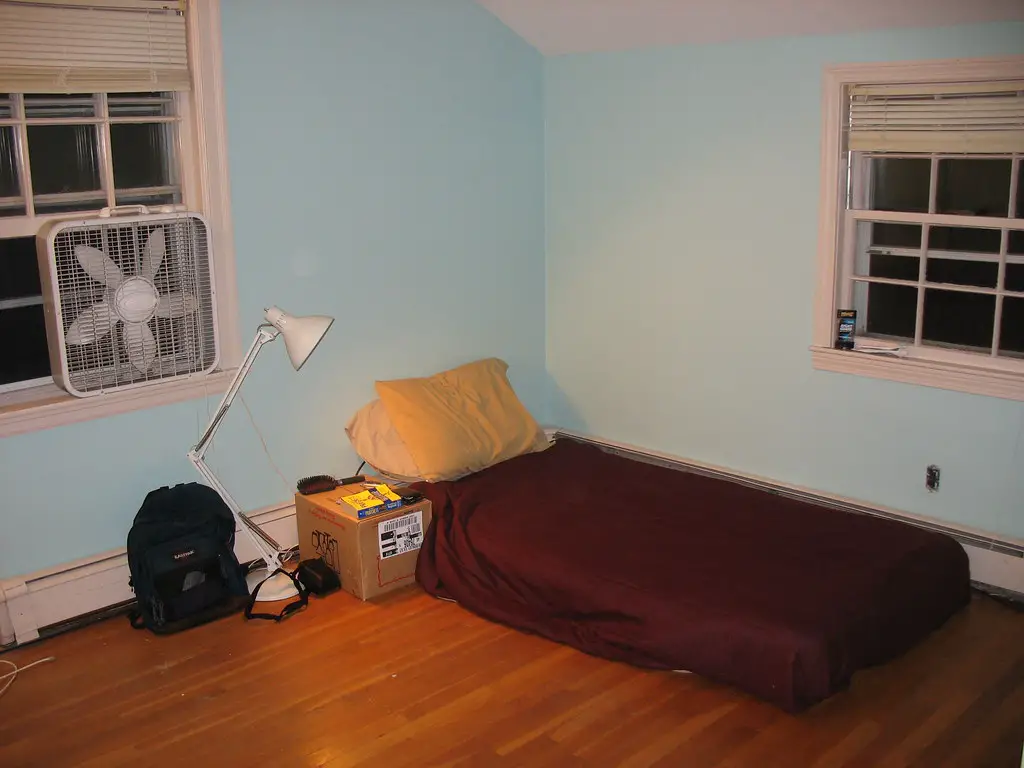
Skipping a bed frame used to be a humble badge of honor, often due to cost or convenience. But floor mattresses don’t breathe well, collect dust, and can lead to back pain. As awareness of sleep health grows, more renters prioritize quality frames, even if they’re budget versions. Elevated beds now feel like an essential, not a luxury.
Online brands like Zinus or Thuma make setup easy, no tools required. The difference in temperature and airflow alone is worth it. Plus, a proper bed makes the entire room look and feel more adult. Even in a studio, you don’t have to sacrifice function for frugality.
9. Using a Shower Curtain as a Room Divider

In tight apartments, shower curtains once doubled as makeshift walls to split shared bedrooms or create “closets.” While creative, the look was usually flimsy and made the space feel chaotic. Now, renters lean toward bookshelves, fabric screens, or even standing wardrobes that offer form and function. It’s still DIY—but with more polish.
TikTok and Pinterest have changed how people approach space-saving design. You’ll now find renters building full-on “rooms” within studios using stylish dividers. The goal isn’t just separation—it’s intention. That sagging plastic curtain just doesn’t cut it anymore.
10. Using an Ironing Board as Extra Counter Space
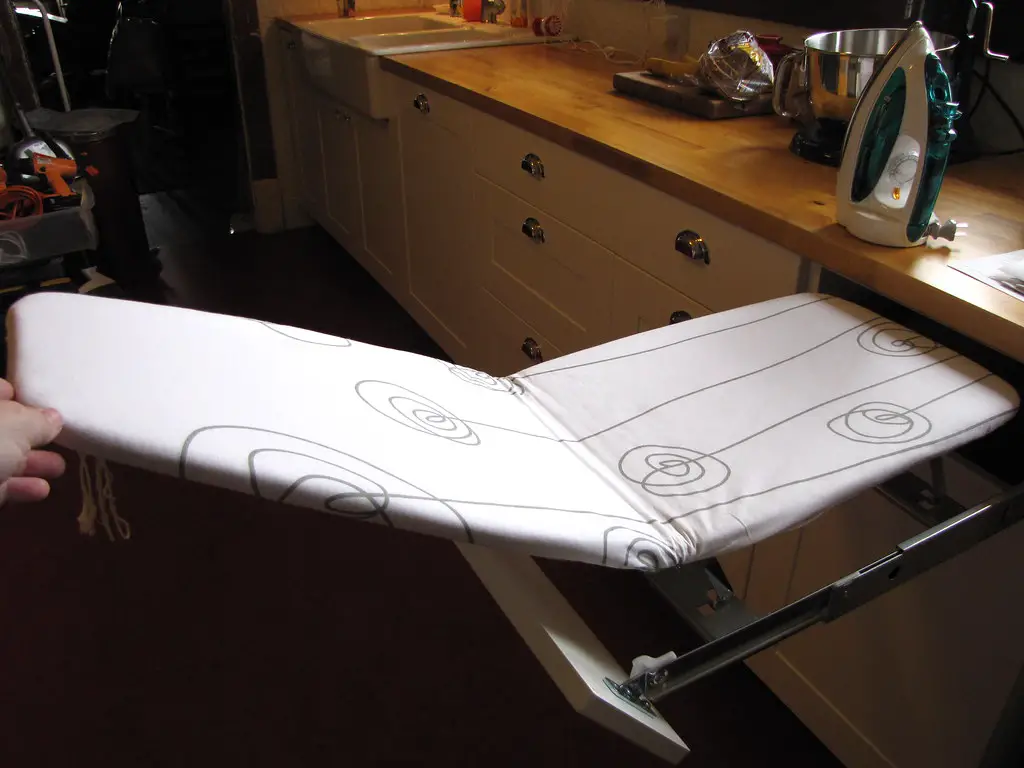
First-apartment kitchens rarely had enough surface area, so the ironing board got a second life as a snack station or laptop desk. But it was wobbly, ugly, and a little sad. Now, people invest in fold-down tables, rolling carts, or countertop extenders made for small spaces. IKEA and other brands have filled the gap with practical, affordable solutions.
Function still matters, but people care how it looks. Temporary fixes are fine, but they’re expected to blend into the aesthetic. Plus, multifunctional furniture now comes in chic designs that don’t scream “college budget.” The ironing board-as-island era has finally ended.
11. Using String Lights as Main Lighting
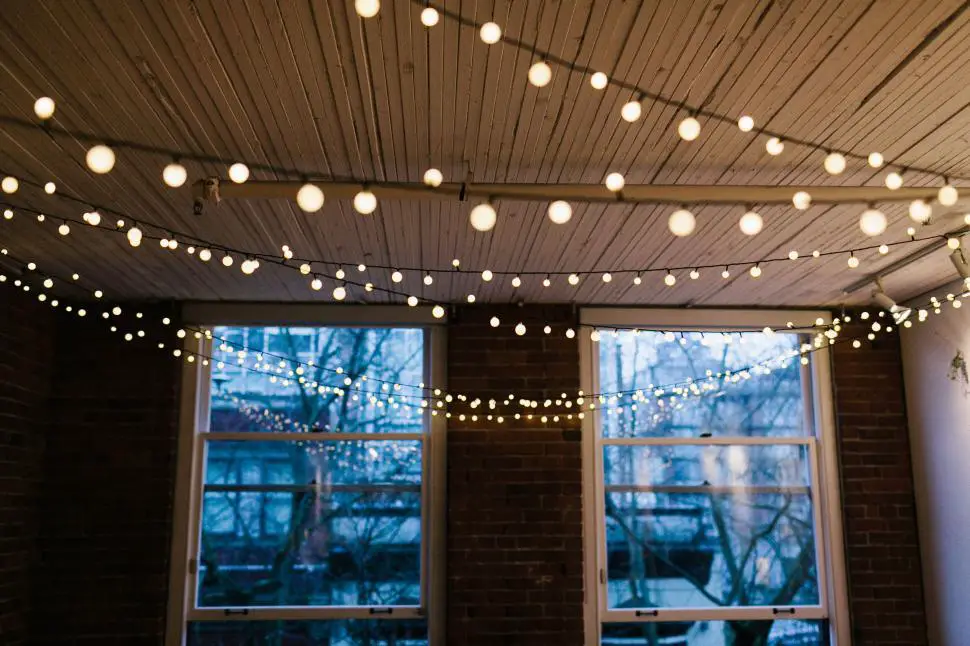
There was a time when string lights weren’t just for the holidays—they were a full lighting strategy. The warm, cozy glow felt charming at first, but it didn’t do your eyes (or your rent deposit) any favors. Today’s renters are leaning into better overhead fixtures, LED lamps, and task lighting that’s both functional and stylish. It’s less “twinkle” and more “targeted.”
Lighting design is no longer just an afterthought—it’s part of how you set the tone of your space. And while string lights still work in small doses, relying on them completely just feels juvenile. Swapping in a floor lamp or a smart bulb makes a huge difference. It’s a small upgrade that instantly says, “I’ve got this adulting thing figured out.”
12. Making a Couch Out of Pillows and Blankets
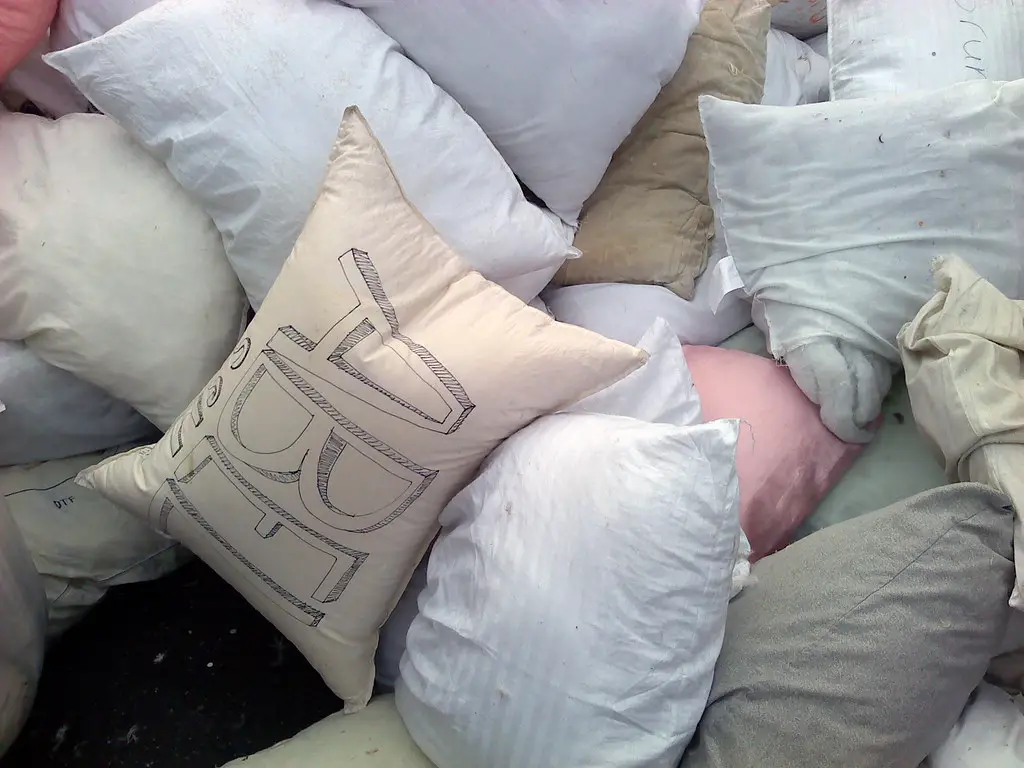
No budget for a couch? No problem—just pile some throw pillows on the floor and call it seating. But while it might’ve worked during movie night in college, it’s not a long-term solution. These days, even low-income renters are finding clever ways to score budget-friendly sofas from Facebook Marketplace or curb alerts.
Comfort and back support matter more than ever, especially as more people work from home. Plus, sitting on the floor gets old real quick after 30 minutes. There’s nothing wrong with being resourceful—but there are better, comfier ways to do it now. Pillows belong on couches, not as couches.
13. Using an Old Blanket as a Curtain
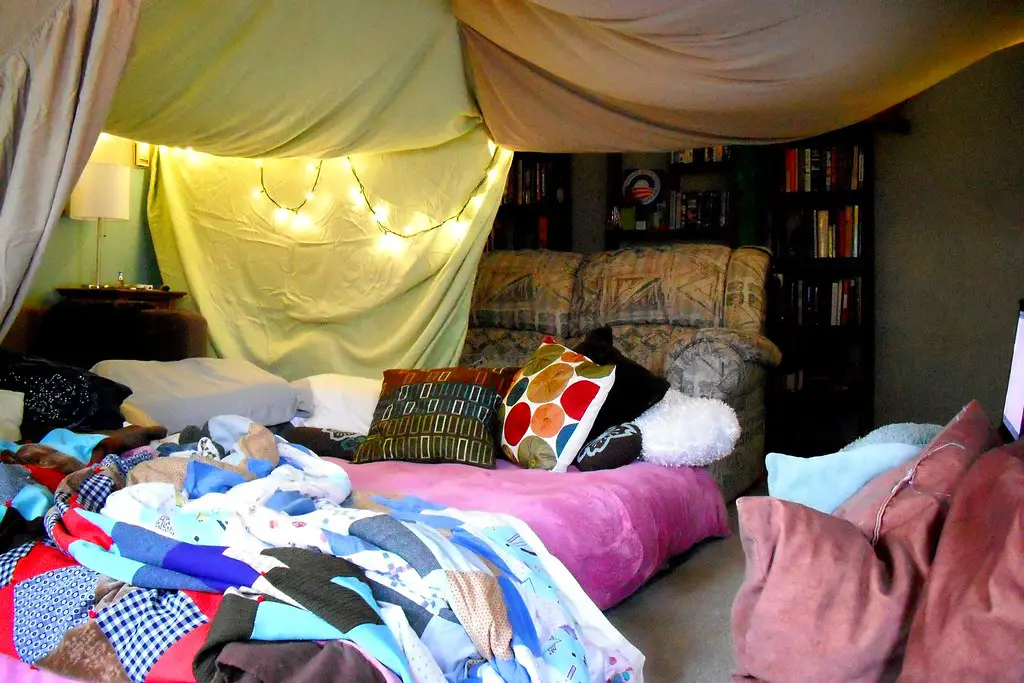
In the first place, anything that could block light was fair game—including grandma’s itchy quilt or a beach towel. But these DIY drapes usually sagged, faded, and screamed “temporary.” Today, renters can find blackout curtains at affordable prices that look polished and work properly. It’s a small shift that makes a big visual difference.
Better yet, tension rods mean you don’t have to drill or ask your landlord for permission. Pre-cut curtain panels are widely available in modern prints and sizes. And in the age of social media tours and TikTok room reveals, ugly blankets just don’t fly. Even your first apartment deserves a glow-up.
14. Hoarding Every Random Container for “Future Use”
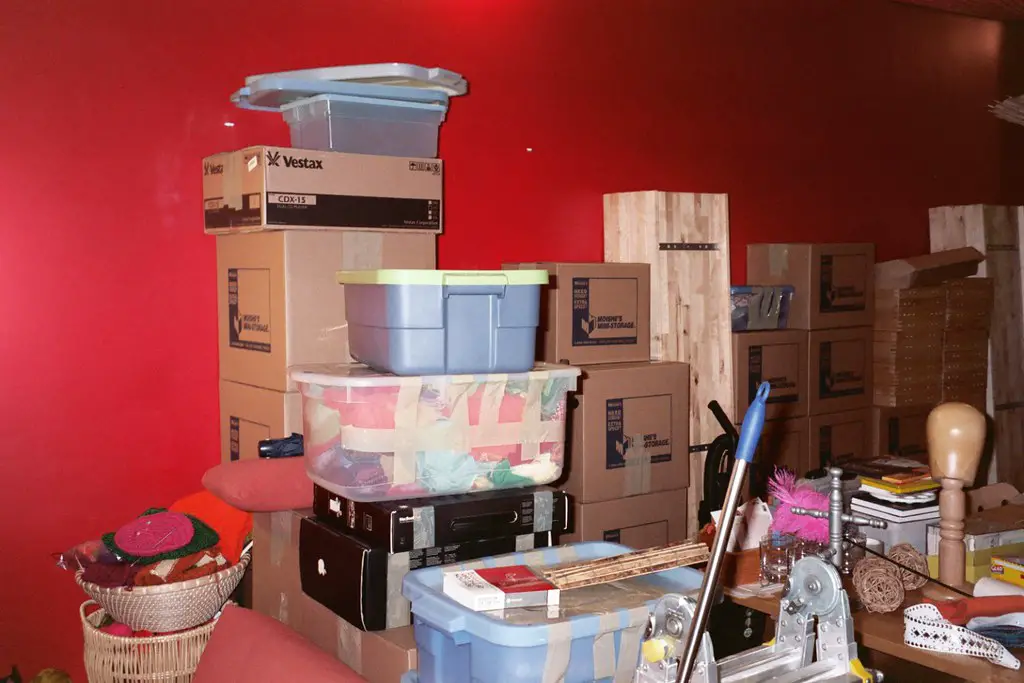
Every takeout container, yogurt tub, and glass jar was once considered gold. “I might need this later,” was the reigning logic, especially when money was tight. But clutter piles up fast, and most people never end up using more than a handful. The result? A cabinet that spills every time you open it.
Now, renters are favoring intentional organization and reusable containers made to last. Matching sets make kitchens more functional and more appealing. It’s all about choosing quality over quantity—even when storage is tight. You can still be resourceful, just with fewer spaghetti-sauce jars.
